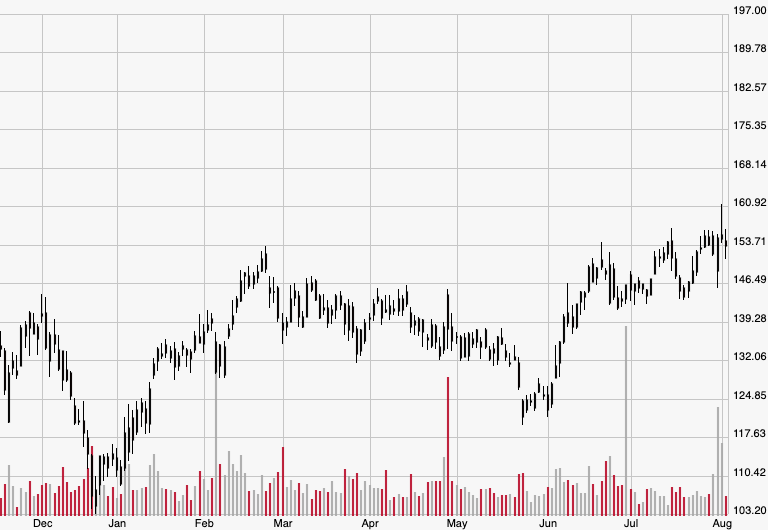The IPO market is changing quicker than ever, particularly as direct listings continue to dominate the conversation surrounding whether or not a “traditional” IPO is necessary anymore. The direct listings of Slack Technologies Inc. (WORK) and Spotify Technology (SPOT) in recent years have been the strongest proofs of concept, as both are up more than 15% from their respective offer prices.

All of this begs the question of what exactly an underwriter does and why they’re becoming less integral to the public listing process. For all intents and purposes, an underwriter is the bank or financial institution that distributes the shares of a newly public company, effectively serving as a middleman between the company and the investing public.
But the process gets tricky when multiple underwriters — or bookrunners — are involved. Wall Street giants like Goldman Sachs Group Inc. (GS) and JPMorgan Chase & Co. (JPM) often tag-team certain deals, including Dynatrace Holdings’ (DT) $570 million IPO this week. Those banks in particular have nabbed some of the biggest offerings in U.S. history, with the exception of Alibaba Group Holding Ltd.’s (BABA) historic $21.8 billion debut, which was underwritten by Credit Suisse Group AG (CS).
When bookrunning a new stock offering, these institutions employ in-house specialists whose sole job is to ensure the companies pay all necessary listing fees and satisfy all regulatory requirements with the Securities and Exchange Commission (SEC).
But those aren’t nearly as important as the more cumbersome tasks these banks complete to ensure a successful IPO. Here are the three most significant ones…
No. 1: Provide General Counsel
Most companies trying to go public obviously have in-house legal experts, but they usually don’t have a clue about how to effectively market their new shares so as to boost demand on the first day.
That’s where the underwriters come in and give advice on how to go about the listing strategy, the most important component of which is recommending exactly when to go public. For instance, after Lyft Inc. (LYFT) when public back in March, the stock immediately fell in the proceeding months. The negative sentiment surrounding the company likely enticed much larger competitor Uber Technologies Inc. (UBER) to hold off on its IPO until May. Uber’s lead bookrunners Goldman and Morgan Stanley (MS) probably found it best to wait for Lyft’s stormy volatility to subside a bit before asking investors to take a risk on another ride-hailing company.
No. 2: Properly File the Important Documents
It sounds mundane, but it’s far more important than investors give it credit for. While underwriters offer advice, they’re also responsible for the grunt work of filing forms like the S-1 — or IPO prospectus — with the SEC, the head government agency that can make or break a successful offering.
The SEC heavily scrutinizes the investment banks and operations experts that compile the S-1 in order to ensure all the appropriate company-specific information is available to potential investors. The S-1 has to outline the firm’s management, revenue figures, competition, broader industry sentiment, and overall financial condition. Once that’s finished, the prospectus is distributed to investors for them to analyze and make decisions off of.
No. 3: Sell the Newly Issued Shares
Of course, the final task is actually launching the IPO. The banks can now proceed with actually underwriting the stock so the firm can sell its millions of shares to new investors at the predetermined offering date and offer price, the latter of which is usually determined the night before the stock begins trading on the open market.
By underwriting the stock, the investment bank is ostensibly certifying the company’s quality and growth potential to the investing public. Even after investors diligently parse through the lengthy S-1, they’d still have to endure weeks of technical analysis to determine the true value of the company’s share price. To avoid that, they rely on the banks to accurately pinpoint that value for them.